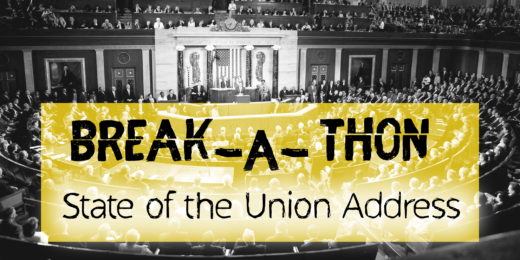What do your students think of the state of the union? Will they be watching on January 30 when President Trump takes the podium for one of the most-watched political events of the year?
Help students discuss the issues, fact-check the speech and evaluate the arguments with these resources for bringing the State of the Union into your classroom, including the ever-popular State of the Union bingo!
This year, Bay Area students will join KQED at The Mix at the San Francisco Public Library’s main branch to watch the speech and create media in response to what they hear from the president. The event is one of several media-making “break-a-thons” nationwide inspired by the 22×20 campaign, a national initiative promoting youth civic action. The name 22×20 refers to the 22 million teens who will be eligible to vote in the 2020 general election.
If you’re interested in bringing a group of young people (ages 13-18) to the event at The Mix, contact Chanelle Ignant, cignant@kqed.org
Can’t join the break-a-thon in person? Here are some resources and ideas for bringing the State of the Union to your students and connecting them online to other young people during the speech.
Before the speech
Get your students up to speed on the issues likely to be discussed on January 30. Start with The Lowdown’s advanced coverage of this year’s State of the Union, which includes a rundown of six key issues and the promised bingo card!
